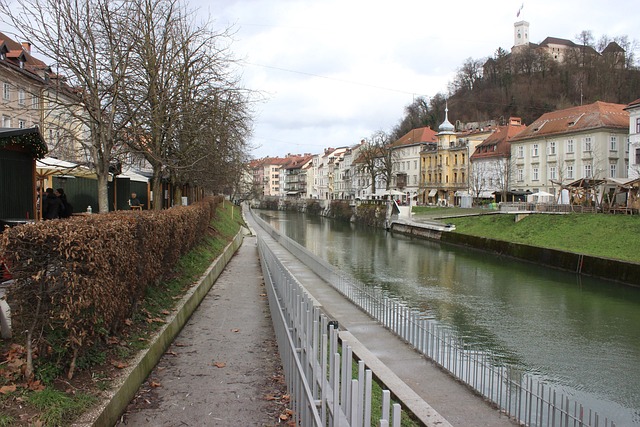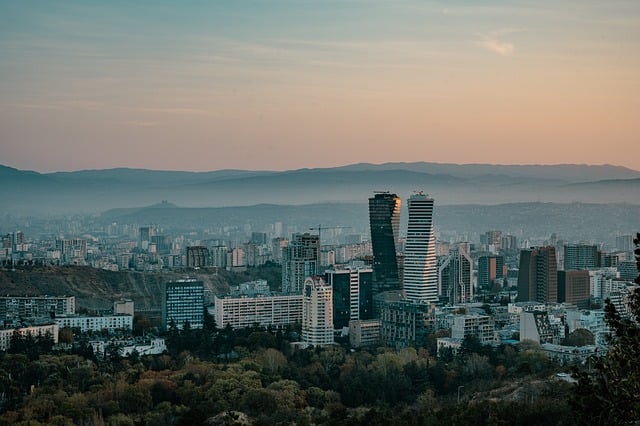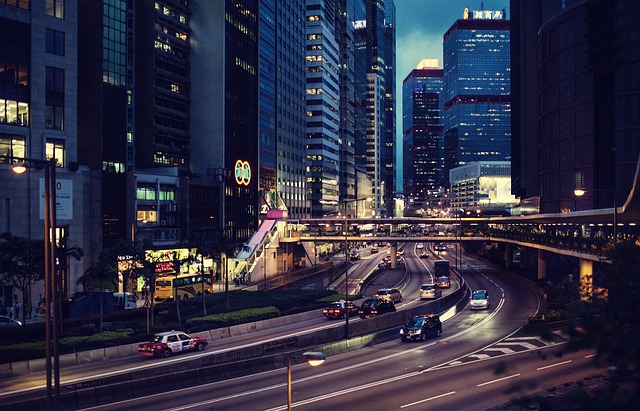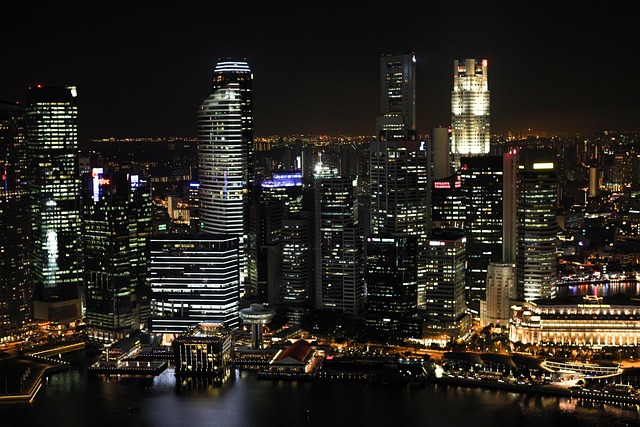Karachi's Civil Lines, a historic neighborhood dating back to the colonial era, boasts a grid system, Victorian architecture, and tree-lined avenues, reflecting British influence. Today, it remains a prestigious location housing educational institutions, cultural landmarks, and government offices. Heritage properties here are crucial for preserving Karachi's cultural identity and revitalize the area's economy through heritage tourism. However, rapid urbanization poses threats, requiring conservation efforts from local NGOs, educational campaigns, and strict building regulations to protect these historical treasures for future generations.
Discover the enchanting heritage of Karachi’s Civil Lines, a historic district brimming with architectural marvels and cultural significance. This article takes you on a journey through time, exploring the rich history of Civil Lines and its role as a pivotal urban conservation area in Pakistan. From preservation challenges to untapped tourism potential, we delve into strategies to safeguard this vibrant legacy for future generations, highlighting Karachi’s diverse cultural tapestry.
- Unveiling Karachi's Civil Lines: A Historical Overview
- The Significance of Heritage Properties in Urban Conservation
- Preservation Challenges and Efforts in the Historic District
- Exploring Tourism Potential: Civil Lines as a Cultural Destination
Unveiling Karachi's Civil Lines: A Historical Overview

Karachi’s Civil Lines, a historic neighborhood, offers a glimpse into the city’s rich past. This area, established during the colonial era, was meticulously planned and designed as a civilized, organized enclave for the elite of the time. The name itself reflects the British influence, with ‘Civil’ referring to its intended purpose—a place separated from the bustling, chaotic urban center that existed outside its boundaries.
The Civil Lines stand as a testament to the architectural and urban planning aesthetics of the 19th century, showcasing elegant Victorian-era buildings, wide tree-lined avenues, and a grid system that remains largely intact. This historical district is home to some of Karachi’s most prestigious institutions, including educational hubs, cultural landmarks, and government offices, all nestled within its tranquil setting.
The Significance of Heritage Properties in Urban Conservation

In urban conservation, heritage properties play a pivotal role in preserving the cultural and historical narrative of a city, particularly in vibrant metropolises like Karachi. These structures stand as tangible links to the past, offering insights into the architecture, lifestyle, and social dynamics of bygone eras. By recognizing their significance, we not only safeguard our collective memory but also contribute to the sustainable development of urban areas.
In Karachi, heritage properties along Civil Lines showcase a diverse architectural landscape that reflects the city’s rich history. They serve as a testament to the region’s cultural exchange and evolution over time. Conserving these structures involves meticulous restoration efforts, ensuring their historical integrity while making them relevant in today’s digital era. This process fosters a sense of pride among locals and attracts tourists, enhancing the city’s cultural tapestry and economic prospects.
Preservation Challenges and Efforts in the Historic District

The historic Civil Lines area in Karachi presents a unique challenge for preservationists. The district, with its rich colonial-era architecture, has witnessed rapid urbanization and modernization over the years, leading to several threats to its cultural heritage. One of the primary concerns is the lack of awareness among residents and developers about the significance of these historical structures. Illegal constructions and renovations have caused damage to many properties, disrupting the area’s original character.
Efforts to conserve Civil Lines involve a blend of government initiatives and community involvement. The Karachi Metropolitan Corporation (KMC) has implemented strict building regulations to protect heritage sites, while local NGOs and preservation groups actively engage in restoration projects and educational campaigns. These collaborative endeavors aim to raise awareness, promote responsible development, and ensure that Karachi’s historical treasures remain intact for future generations.
Exploring Tourism Potential: Civil Lines as a Cultural Destination

Karachi, as Pakistan’s bustling metropolis, harbors a rich cultural heritage within its historic neighborhoods. Civil Lines, with its unique architectural charm and cultural significance, stands out as a potential cultural destination for tourists seeking an immersive experience. The area boasts beautifully preserved colonial-era buildings, offering a glimpse into the city’s past. These structures, once administrative centers, now hold the promise of transforming into cultural hubs, showcasing local art, history, and traditions.
By tapping into this untapped tourism potential, Civil Lines can attract visitors interested in exploring Karachi’s diverse cultural landscape. The area’s transformation into a cultural destination would not only revitalize its historic spaces but also contribute to the city’s economic growth by promoting heritage tourism. This shift could spark a vibrant exchange of ideas and foster a deeper appreciation for Karachi’s rich cultural tapestry.
Karachi’s Civil Lines, with its rich historical tapestry, presents an extraordinary opportunity for urban conservation and cultural tourism. By recognizing the significance of heritage properties, we can overcome preservation challenges through collaborative efforts. This vibrant district, once a crucible of colonial architecture and social dynamics, has the potential to become a thriving cultural destination, attracting folks from around the world. In light of its unique history, Civil Lines offers a glimpse into Karachi’s past, making it a true enigma waiting to be explored and celebrated.





Leave a Reply